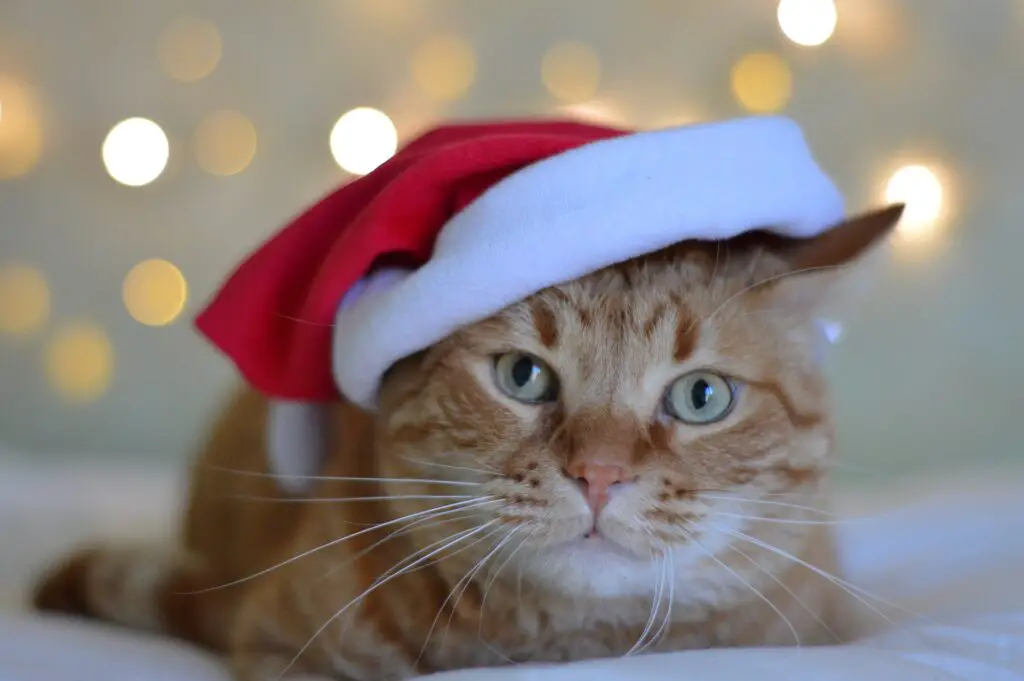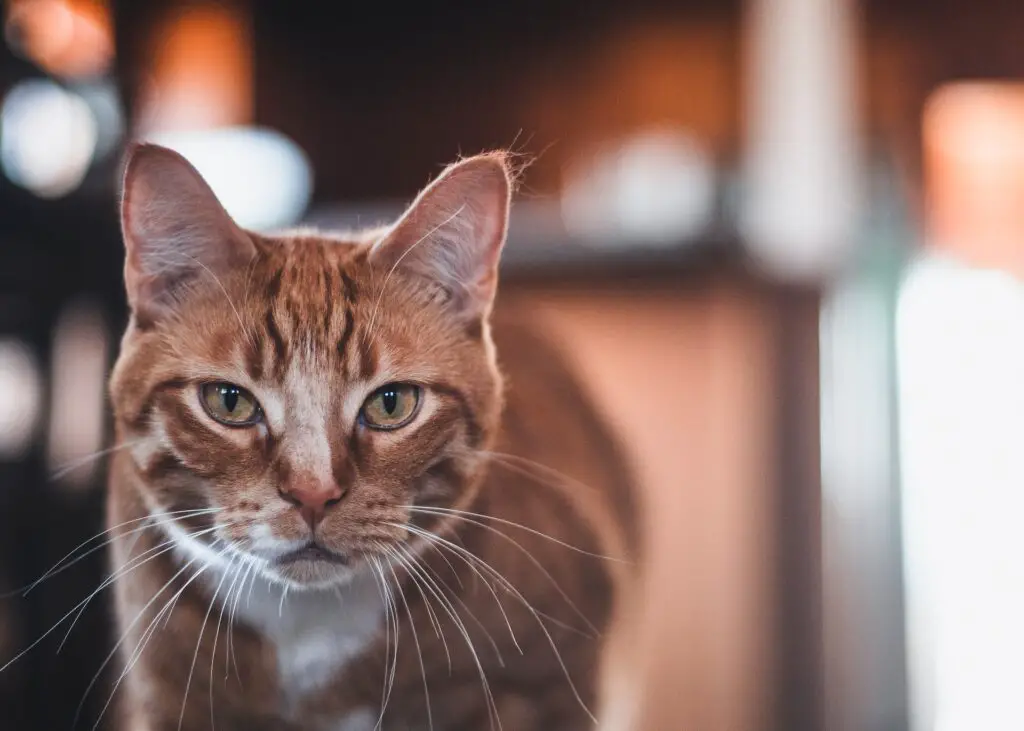In this article you will learn why are orange cats so crazy. The “crazy orange cat” stereotype is a common one in pop culture and internet memes. From Grumpy Cat’s never-ending sulk to “Garfield’s obsession with lasagna, ginger cats are frequently associated with being more gregarious, mischievous, and maybe even a little…well, crazy. Is this stereotype accurate, though?
Like most things pertaining to feline behavior, the answer is a little more complex. There may be some intriguing factors at work that contribute to the perception of “craziness” in ginger cats, even though there is no scientific evidence to support the idea that orange fur color directly influences personality.
Why Science Says Orange Cats Are So Unique

Is the belief that orange cats are the friendliest of all cats just a myth? In fact, self-report surveys seem to indicate that orange cats make better companions. However, this finding might be the product of self-fulfilling prophecy or confirmation bias, with cat owners trying to validate their own preconceptions.
However, there are additional logical explanations for why orange cats might be friendlier. Because the orange gene is sex-linked, the likelihood that an orange cat will be male versus female is significantly higher. Male cats have reportedly been reported to be slightly friendlier than female cats, though the research on this topic is far from conclusive. This could account for orange cats’ loving disposition. Consequently, the fact that tortoiseshell cats are nearly always female may help to explain some of the “tortitude” that is observed.
But could the distinct behavior of orange cats be explained by something other than gender? According to a 1995 study by Pontieretal., which looked at the frequency of the orange gene variant in cat populations, orange cats might be different from other cats in a variety of ways.
The researchers collected data on 56-491 cats from each of the 30 cat populations in France between 1982 and 1992 by taking a sample from each population. In relation to orange cats, they discovered three intriguing patterns.
1. Compared to urban settings, orange cats are more prevalent in rural (less dense) areas. According to this research, orange cats may have better reproductive success in specific social settings. Cats have a more polygynous mating system in rural areas, which means that although males typically mate with several females, females typically mate with just one male. In contrast, both male and female cats have several partners when they live in cities.
2. Orange cats are less prevalent in regions where mortality is higher. According to this research, orange cats may be more prone to take part in dangerous activities that end in fatalities.
3. There is more sexual dimorphism in orange cats. Male orange cats weigh more than female orange cats, and female orange cats weigh less than male orange cats. Australia has previously recorded this pattern.
Genetics

Now for the scientific part: The X chromosome is connected to cats’ ginger fur color. Cats have XY chromosomes in males and XX chromosomes in females. The X chromosome is home to the gene that causes orange fur. This indicates that while female cats are much rarer (around 20% compared to 80% for males), male cats only need to inherit one copy of the orange gene to be ginger.
A Testosterone Connection
Compared to female cats, male cats naturally have higher testosterone levels. Although the precise relationship remains unclear, certain research indicates a possible association between elevated testosterone levels and heightened playfulness and activity in felines. Due to this, ginger cats may be thought of as being more gregarious and possibly even “crazy.”
Confidence and Playfulness

Numerous orange cat owners claim that their furry friends are lively and self-assured. Sometimes these personality traits show up as boisterousness or daring behavior, which could be mistaken for insanity. But this self-assurance can also make them very affectionate and entertaining friends.
Food Motivation
Ginger cats are frequently noted for having voracious appetites. Their playful nature coupled with their love of food can result in some hilarious antics – imagine them trying to steal your dinner or chasing laser pointers with laser focus. Though this may come across as “crazy,” it’s just their innate tendencies and enjoyment of a good game (as well as a tasty reward).
Beyond the Stereotype

It’s crucial to keep in mind that every cat has a distinct personality, regardless of the color of its fur. While some orange cats may be energetic adventurers, others may be contented lap cats. Their upbringing, surroundings, and personal experiences all have a big impact on how they behave.
Embrace the Uniqueness
So, the next time you encounter a ginger cat, remember that the “crazy” stereotype might be just a misconception. Appreciate their playful spirit, bold confidence, and perhaps even their love for a good meal. Embrace their unique personalities and enjoy the joy these fiery felines bring to our lives.
Conclusion
This study highlights a number of distinctive traits of orange cats, but it doesn’t address the question of why orange cats are more amiable toward people. Should this stereotype hold true, could it be linked to these unique cats’ daring ways? Maybe because of their bold personalities and dominant status, orange male cats feel more at ease approaching humans, a situation that often terrifies timid cats. Future research can look into the possibility that this is the case. But in cities, their social standing might not carry as much weight. Female cats usually mate with a large number of male cats in these crowded environments. Consequently, sperm competition, as opposed to direct physical competition between male cats, is what determines reproductive success. Because of this, orange male cats’ competitive nature may make them more likely to die in an urban setting (for example, by fighting with other cats or animals), which would reduce the overall number of orange cats. Previous research has demonstrated that larger male cats are more aggressive and dominant, which increases their chance of dying young and boosting their chances of successful reproduction.
